Advantages and disadvantages of using AI for business
We explore the advantages of AI and examine how the technology is changing business

It is admittedly quite late in the game to consider the advantages of AI given how commonly used it already is. Nevertheless, it's an important technology to ponder and debate as it will inevitably affect all life on the planet.
From minuscule algorithms that offer a little convenience for everyday life to international defense systems, AI is already impacting us, often in ways we cannot see. What you see on your social media feeds, how we predict the weather, and how we manage our staff members and workflows, are all now common use cases of AI.
While we have a thriving AI industry and seemingly a new use case popping up daily, we still have only scratched the surface of what this technology has to offer. Before adopting it, however, it's always worth considering the advantages and disadvantages of AI.
What are the advantages AI?
The advantages of AI are currently being talked about, to death, by every tech company that has a product to ship. You'll have noticed 'AI' being tagged on just about everything. It's in our laptops, our collaboration software, and even our kettles. But what are the actual benefits of artificial intelligence?
Improved efficiency
This is arguably where the business interest will be, particularly when it comes to their IT stacks and their workforce. Things working more efficiently will lead to improved performance and cost savings. Automation and generative AI tools are coming out in mass and getting both more affordable and more advanced as we speak.
A key element here is data; Copilots, such as Microsoft's, run on web and user data, analyzing how, when, and why we use our devices and software and offer us shortcuts and simple directions. For a more business example, SAP's Joule Copilot takes in SAP customer data – essentially pure b2b information – to improve how its customers use ERP and financial platforms. That process basically explains most AI efficiencies, data feed into an algorithm to find better, faster, and simpler ways of working.
Reducing human error
Another efficiency is the reduction of errors – human ones. We are all prone to the odd laps of concentration and we also simply get things wrong. AI-based machines carrying out specific tasks don't – if they do, you'll likely find that's also some kind of human error.
Sign up today and you will receive a free copy of our Future Focus 2025 report - the leading guidance on AI, cybersecurity and other IT challenges as per 700+ senior executives
This is why Amazon and Ocado use robots in fulfillment centers, and why financial systems, such as those that evaluate credit, are based on algorithms. The reasoning here is volume; you can do more if it's automated, but you're also not increasing the risk of error.
Advancing AI
In some cases, by using AI you are, by default, also improving AI. Maybe only by a little bit, but it is still learning and developing with the data you create. When your business uses a Copilot, said Copilot will have been designed to learn from its users. It will essentially tailor its service towards the users. So, for example, SAP's Joule will help you navigate Concur when filling out business expense applications and gradually figure out your preferences and those of your company.
If we take that example and apply it to a more grander use case, such as quantum computing, or medical diagnostics, AI will only get faster and more efficient as we apply it. This will be dependent on privacy policies, regulations, and the types of systems being used; AI will largely improve through training and fine-tuning. But it is data (our actions) that will help it to advance.
What are the disadvantages of AI?
It’s natural to be fearful of powerful technology. Recent history with data scandals, malware, and social media has made that clear. AI is no different and many of the concerns held by onlookers are, in some areas, justified. But that doesn’t mean great work isn’t being done to mitigate the drawbacks.
In 2016, an industry-wide organisation including five Silicon Valley giants was formed, known as the Partnership on Artificial Intelligence to Benefit People and Society. This body works to promote the fair and ethical development of artificial intelligence technologies that have the potential to bring as much disruption as it will benefit.
Decision-making AI in the workplace
The speed and efficiency of certain AI applications make them appealing to executives looking to find more value across their organizations.
IBM's Watson has been used to decide if employees are worthy of a pay rise, a bonus, or a promotion by looking at the experience and past projects of employees to indicate the future qualities and skills individuals could bring to the company.
Decision-making software used in this way has caused some concern. The Trades Union Congress, the federation that represents the majority of trade unions in the UK, called for legislative changes last year to safeguard employees against this kind of technology. It is also recommended that employers consult trade unions before deploying such systems.
"Our prediction is that left unchecked, the use of AI to manage people will also lead to work becoming an increasingly lonely and isolating experience, where the joy of human connection is lost," TUC general secretary Frances O'Grady said.
Job losses
The potential for human job losses is widely regarded as the number one downside to AI, the implementation of which could set in motion a wave of lay-offs as employees struggle to outperform machines.
However, while this scary scenario is often presented as just over the horizon, AI is expected to create more jobs than it takes. The World Economic Forum’s (WEF) 2020 Future of Jobs Report predicts that by 2025, automation will have affected 85 million jobs around the world but 97 million jobs will be created in industries such as artificial intelligence.
RELATED WHITEPAPER
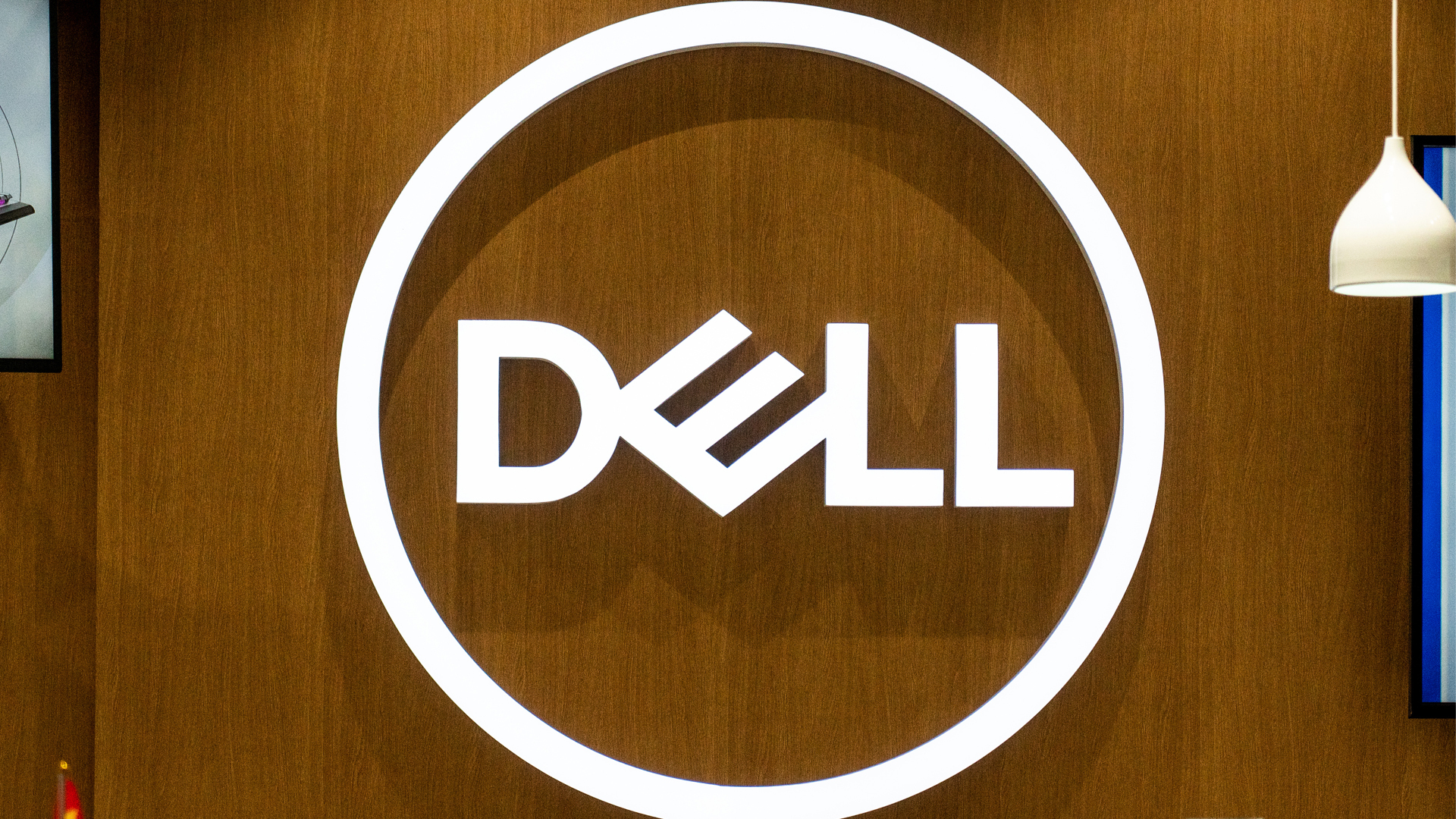
“No matter what prediction you believe about jobs and skills, what is bound to be true is heightened intensity and higher frequency of career transitions, especially for those already most vulnerable and marginalized,” stated FutureFit AI CEO Hamoon Ekhtiari.
The report also stated that, although the pandemic has accelerated the automation of many repetitive and dangerous tasks, “around 40% of workers will require reskilling of six months or less”. One area of skills worth developing in time for the AI-based future is data, but soft skills shouldn’t be ignored either. John Whittingdale OBE, former minister of state for media and data, described soft skills as “hugely important”, adding that, “without them, there is the potential for data to be misread or miscommunicated, which can have significant implications for businesses and the decisions they make”.
Human error
Although AI can virtually remove human error from processes, its code is still subject to bias and prejudice. Being largely algorithm-based, the technology can knowingly or unknowingly be coded to discriminate against minorities or fail to cater to groups that its programmers failed to consider.
If security measures are not followed carefully, hackers can exploit AI seeking to collect public data. For example, Microsoft's ill-fated chatbot Tay Tweets had to be taken down after only 16 hours as it had started to tweet racist and inflammatory content driven by input from other Twitter users.
Importantly, Tay Tweets was purposefully fed hateful content in an effort by Twitter and 4chan users to break it. But other examples of AI going astray have come despite the best efforts by its developers.
For example, in 2018 Amazon decided to retire a recruitment algorithm after it was discovered to discriminate against non-male candidates. The AI system was intended to provide hiring recommendations and had been fed ten years of application data to help train its decision-making. However, as the majority of submissions have been handed in by men, the conclusion the AI came to was that men were preferred candidates.
Responsible use of AI
There is a great deal to be positive about when it comes to AI. Any emerging technology that has the power to disrupt the existing structures of individuals and organisations must be assessed for its potential risks.
But being mindful of the downsides does not mean becoming blinkered to the benefits. Indeed, decision-makers have been warned against doing just this, or else risk losing out on the clear improvements that careful use of AI can bring.
"Look at how you are using technology today during critical interactions with customers – business moments – and consider how the value of those moments could be increased. Then apply AI to those points for additional business value," said Whit Andrews, distinguished vice president analyst at Gartner.
"AI projects face unique obstacles due to their scope and popularity, misperceptions about their value, the nature of the data they touch, and cultural concerns. To surmount these hurdles, CIOs should set realistic expectations, identify suitable use cases and create new organisational structures."
Gartner advises that business and IT leaders should endeavour to cut the AI hype away from reality by carefully considering and weighing up the opportunities vs risks. Obsessively focusing on automation, rather than the bigger picture, will only obscure the wider benefits, the analyst firm warns.
In July 2022, the UK government and Alan Turing Institute jointly announced the establishment of the Defence Centre for AI Research (DCAR). Its goal is to develop areas of AI research that are currently proving challenging to implement, such as training without the need for large data sets, AI ethics, and war gaming.
"Everything we love about civilisation is a product of intelligence," said Max Tegmark, president of the Future of Life Institute.
"Amplifying our human intelligence with artificial intelligence has the potential of helping civilisation flourish like never before as long as we manage to keep the technology beneficial."
Organisations can also check if their use of AI systems breaches data protection laws using a risk assessment toolkit launched by The Information Commissioner's Office (ICO). The AI and Data Protection Risk Assessment Toolkit, available in beta, draws upon the regulator's previously published guidance on AI, as well as other publications provided by the Alan Turing Institute.
It contains risk statements that organisations can use while processing personal data to understand the implications this can have for the rights of individuals. Based on an auditing framework developed by the ICO’s internal assurance and investigation teams, the toolkit also provides suggestions for best practices that companies can put in place to manage and mitigate risks.
Bobby Hellard is ITPro's Reviews Editor and has worked on CloudPro and ChannelPro since 2018. In his time at ITPro, Bobby has covered stories for all the major technology companies, such as Apple, Microsoft, Amazon and Facebook, and regularly attends industry-leading events such as AWS Re:Invent and Google Cloud Next.
Bobby mainly covers hardware reviews, but you will also recognize him as the face of many of our video reviews of laptops and smartphones.
-
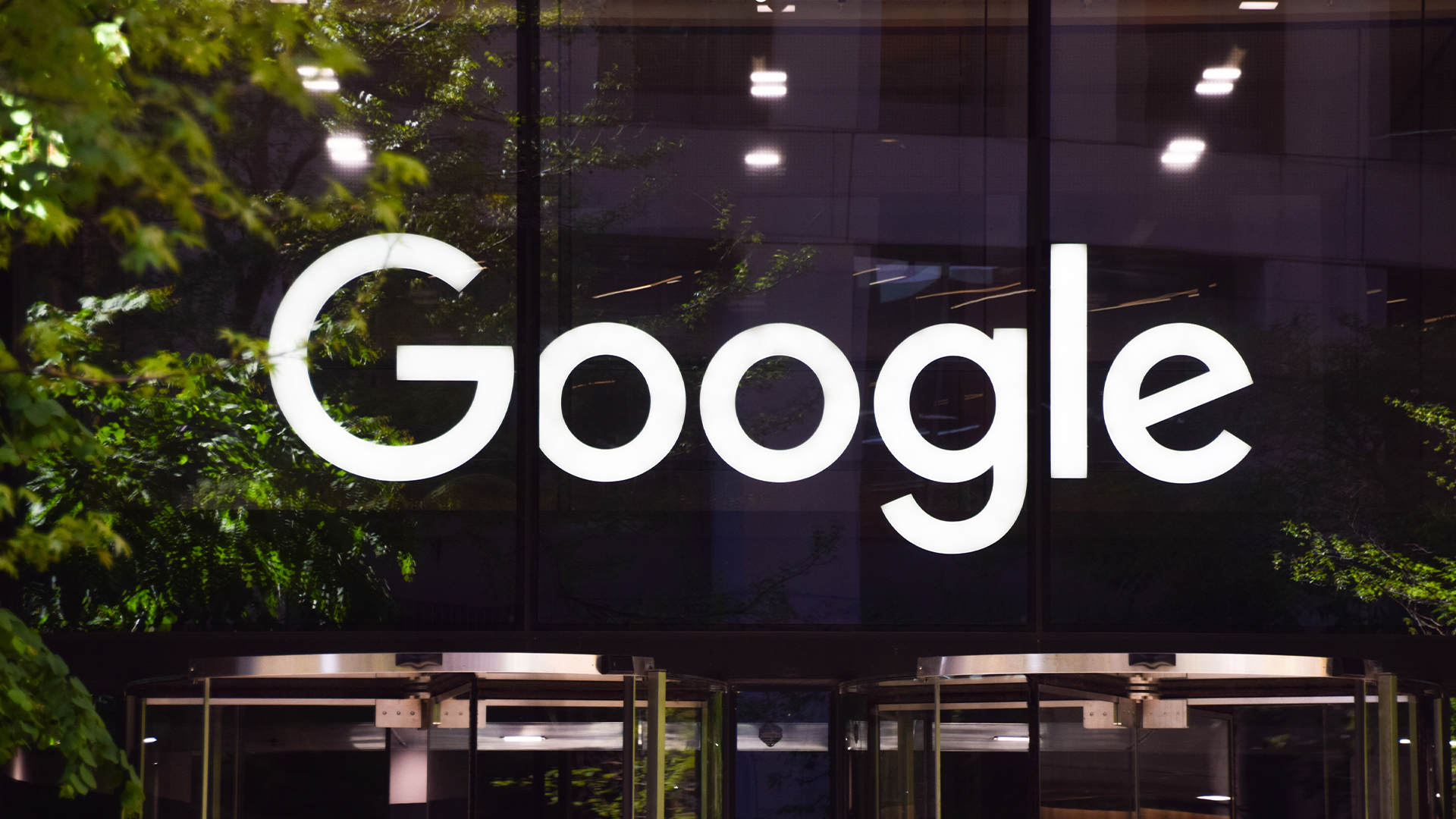 Google is scrapping its dark web report feature
Google is scrapping its dark web report featureNews Google said while the dark web report feature offered “general information”, the tool didn’t provide “helpful next steps” for users potentially impacted by a breach.
-
 AI means you're probably going to need bigger developer teams
AI means you're probably going to need bigger developer teamsAnalysis Software developers may be forgiven for worrying about their jobs in 2025, but the end result of AI adoption will probably be larger teams, not an onslaught of job cuts.
-
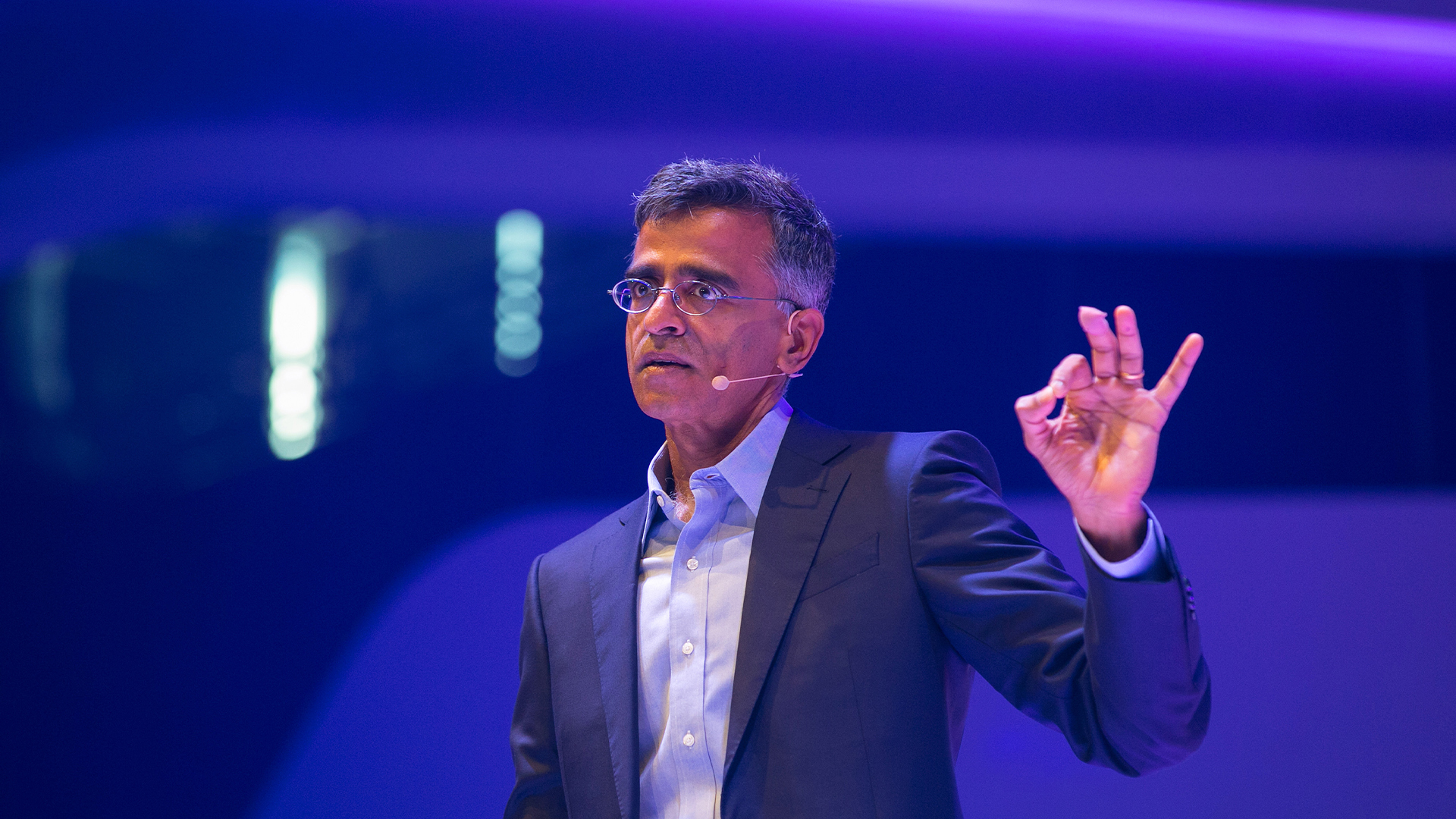 Channel Focus: All you need to know about Snowflake's partner program
Channel Focus: All you need to know about Snowflake's partner programSnowflake wants partners to help with its mission to make 'the AI era' easy, efficient, and trusted...
-
 Inside IBM’s plans to bring generative AI to Wimbledon
Inside IBM’s plans to bring generative AI to WimbledonNews Match-goers at Wimbledon this year will be armed with a range of generative AI features to enhance their experience
-
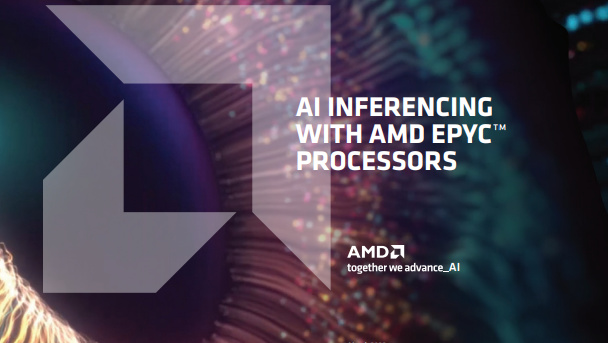 AI inferencing with AMD EPYC™ processors
AI inferencing with AMD EPYC™ processorswhitepaper Providing an excellent platform for CPU-based AI inferencing
-
 Green Quadrant: Enterprise carbon management software 2022
Green Quadrant: Enterprise carbon management software 2022Whitepaper Detailing the 15 most prominent carbon management software vendors to see if they fit your requirements
-
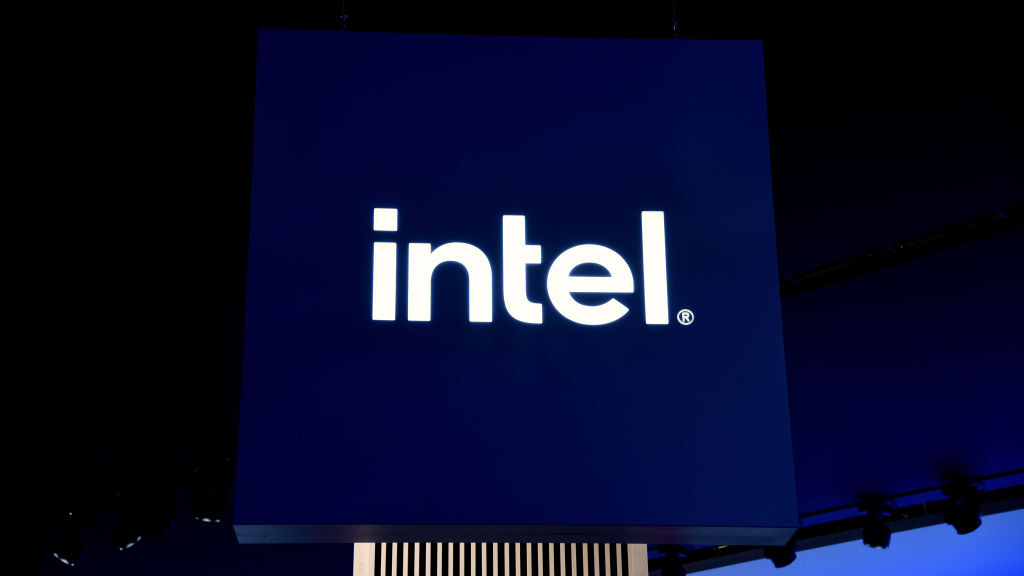 Intel targets AI hardware dominance by 2025
Intel targets AI hardware dominance by 2025News The chip giant's diverse range of CPUs, GPUs, and AI accelerators complement its commitment to an open AI ecosystem
-
 Calls for AI models to be stored on Bitcoin gain traction
Calls for AI models to be stored on Bitcoin gain tractionNews AI model leakers are making moves to keep Meta's powerful large language model free, forever
-
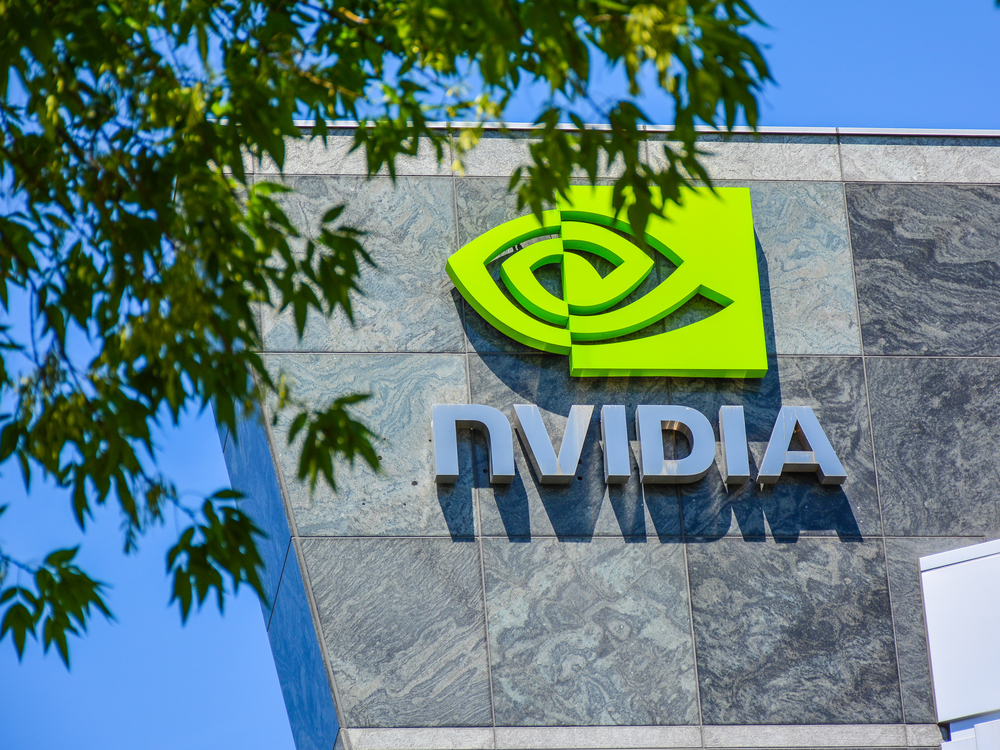 Why is big tech racing to partner with Nvidia for AI?
Why is big tech racing to partner with Nvidia for AI?Analysis The firm has cemented a place for itself in the AI economy with a wide range of partner announcements including Adobe and AWS
-
 Gartner: Data analytics teams failing to deliver benefits despite rising budgets
Gartner: Data analytics teams failing to deliver benefits despite rising budgetsNews Human-related challenges, such as lack of talent, were highlighted as key impediments to data strategy success
